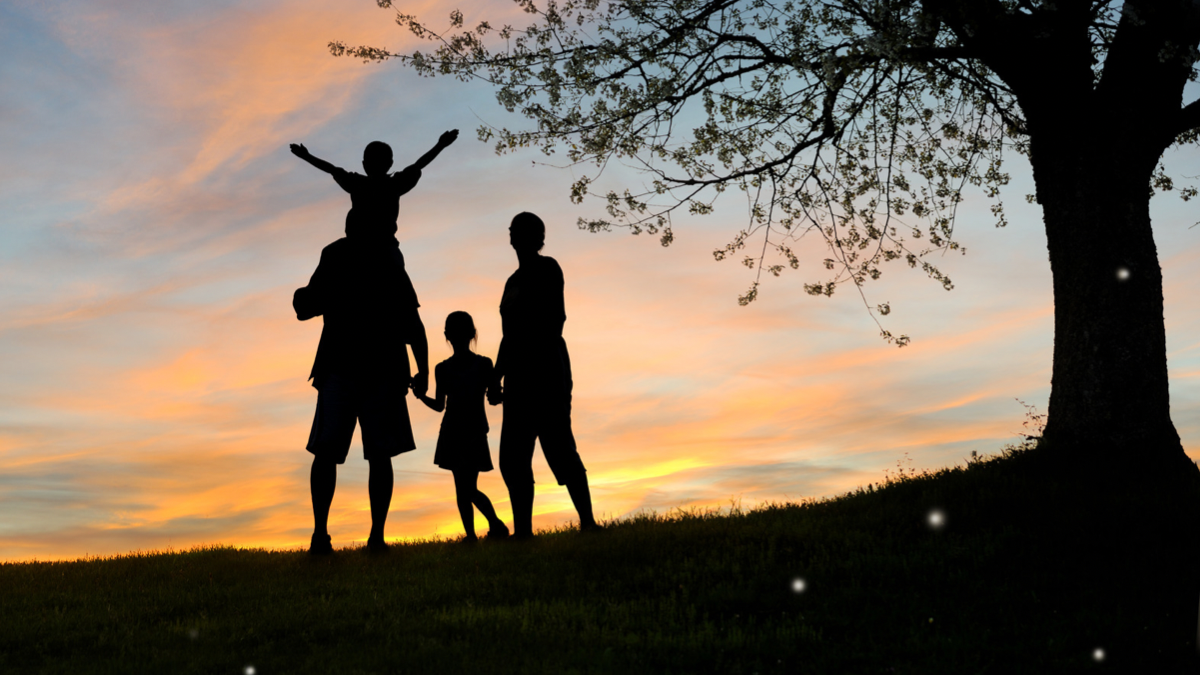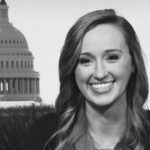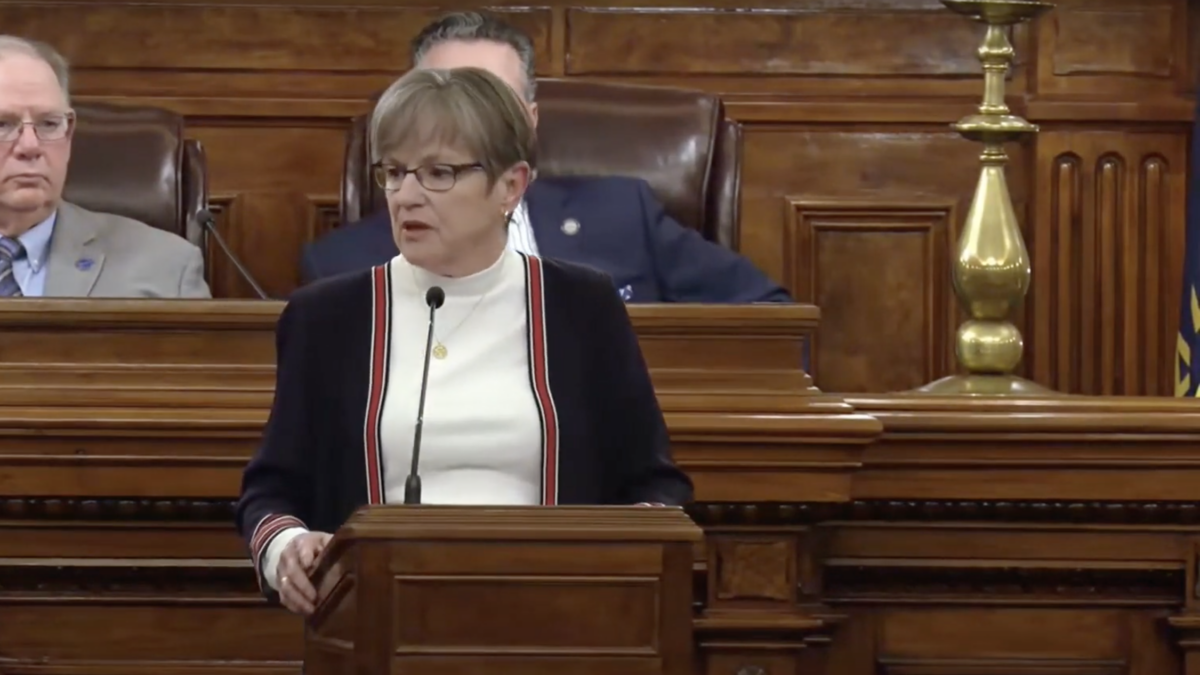By now it’s maddeningly clear a perfect storm of institutional failure allowed the Uvalde shooter to carry out his ugly plan. The school was not adequately secured and the police were unacceptably slow. Every day, their bungled response looks worse. If the school door had been locked, if the police had been there sooner, if the resource officer had responded, if every classroom had been locked…
At so many steps leading up to the first victim’s death, the bare minimum of protocol seems likely to have stopped the shooter before the killing began.
His trail of warning signs, both online and offline, is equally maddening. Of course, it’s easy for Monday Morning Quarterbacks in media to cast judgment with the benefit of hindsight. The shooter is to blame for these deaths; they are not the fault of anyone who followed him on social media or had a strange discussion with him.
We have no idea if anyone could have changed this outcome. We don’t know all the facts. We don’t know what people did or did not do to intervene.
Still, a student who dressed in all black, attended school rarely, and recently went to live with his grandmother after fighting with his mother to the point where law enforcement intervened, should not have been showing off his weapons online without a parent or school counselor knowing and acting. A community should function as a net, knit tightly enough to catch people at risk of falling. We’re all part of that social fabric, burdened with a duty to our community.
In many American communities like Uvalde County—where poverty exceeds the national average while education and income levels lag it—that social fabric is frayed and more people are falling through the cracks. From single parenting to the trauma of divorce to religious involvement, “the civic fabric of America has frayed since the 1960s in ways that have disparately affected poor and working-class Americans,” as Brad Wilcox once wrote.
People rightfully feel like we fail to learn from these tragedies, allowing the pattern to repeat itself year after year with insufficient change. The public is welcome to debate guns, but wherever you fall on that question, we shouldn’t be distracted from also looking inward. All of us have a lot to learn about contributing to communities so tightly knit, they create fewer monsters and catch the ones that exist before tragedy unfolds.
This list comes with the important caveat that we don’t yet know definitively what any individual knew or did about his concerning encounters with the shooter. We also don’t know if anything would have turned out differently. Indeed, families of the Parkland shooting victims accused the FBI of negligence for failing to act on tips and won a major settlement.
As a whole, however, these examples paint a shocking picture of how many people knew from different information the failing high school senior was clearly volatile and arming himself. Could more have been done? In the future, we should all learn to be attentive students and adults, asking for people to check in on struggling peers and then making sure those check-ins result in longterm oversight from family, friends, and schools when warranted.
1. Students who rightfully felt uneasy about the shooter’s Instagram of his guns
From the New York Times: “It did not go without notice when an 18-year-old who frequently sparred with classmates before dropping out of high school posted a picture of two long, black rifles on his Instagram story. The image was startling enough that a freshman at Uvalde High School sent it to his older cousin on Saturday morning and asked who would have let the former student obtain the weapons.”
It’s not snitching to tell a school counselor that a volatile classmate with a history of strange behavior is posting guns on Instagram. Ramos wasn’t an untroubled young sportsman getting into sharpshooting or hunting.
Schools can sort through reports made in bad faith and determine whether to get in touch with someone’s parents. Kids should be comfortable taking that step when it’s so obvious they said days before the tragedy the shooter’s behavior made them ”scared to go to school.”
Tell someone. A counselor, a pastor, a parent. There’s no guarantee it’ll work, but this particular warning sign is a hard one to read about knowing how many students likely saw it.
2. The shooter’s sister who did not buy him a gun
Authorities say the shooter’s sister “flatly refused” to buy him a gun last September. Without casting judgments on an individual who 1) made a good decision and 2) could have made other good decisions we don’t yet know about, it’s fair to at least say that ideally a sister who knew enough to reject the September request would also be sure to track whether her unstable brother had successfully gotten ahold of weapons after his 18th birthday. Maybe she feared her brother, I don’t know.
But he’d recently fought with his mother and moved in with his grandparents. If not for the sake of the community, a sister would ideally be concerned enough to closely monitor her brother for the sake of their loved ones in close proximity. That’s understandably more difficult when your immediate family unit is physically split up and relationships are strained.
3. The friends who knew he was buying a gun and of his strange behavior
In March, the shooter apparently told “friends” he planned to buy a gun. Again, when students become aware a classmate who is clearly trouble is also planning to buy a gun, it’s worth at least letting an adult know they might want to check in.
According to CNN, “A former classmate … said the gunman texted him photos of a firearm he had and a bag full of ammunition days before the attack.”
“I was like, ‘bro, why do you have this?’ and he was like, ‘Don’t worry about it,’” the friend who said he was “somewhat ‘close’” to the shooter, told CNN.
In a healthy friendship, that would ideally not happen without some action being taken to check in with adults who then could have pieced together the puzzle.
4. Classmates who saw his Instagram
Summarizing a Washington Post report, the Daily beast noted: “Former high school classmate Nadia Reyes recalled to the Post that he had posted an Instagram story showing himself screaming at his mother—who has not commented publicly—and calling her a bitch as she tried to kick him out of the house. ‘He posted videos on his Instagram where the cops were there,’ Reyes told the Post. ‘He’d be screaming and talking to his mom really aggressively.’”
This establishes that some cross-section of the shooter’s Instagram followers saw him both verbally abusing his mother to the point where law enforcement got involved and saw him with firearms. That combination is obviously cause for alarm, sufficient to warrant at least a note to a school counselor.
5. Internet acquaintances who did not take his threats seriously
Teenagers can share their deepest secrets with strangers on the other side of the world in a matter of seconds on social media. It’s an uncharted territory for human interaction.
In the Uvalde shooter’s case, he’d been telling a 15-year-old girl in Germany for days he had a “secret.” According to the Times, “she said that even when he said he was about to attack the elementary school, she was not sure if he was serious and did not ask a friend to contact the police until after she saw the shooting had taken place, something she regrets.”
Nobody wants schools or the feds to create an abusable snitch network. Most people who make crazy threats on the Internet probably don’t act on them. It’s a sad day when children on the other side of the world are a last resort for communities here at home.
This girl was in Germany, but if she happened to be in America, I’m not sure the shooter’s threat would have been taken seriously either. Students likely need clearer guidance on what constitutes a reportable warning sign and how to report them without fear of retribution.
A 17-year-old California girl who met the shooter on Instagram said he would “reply to my stories with things like ‘i wanna kill u’ or like ‘i hate you.’”
Here’s more from the Times: “Late last year, she said, Mr. Ramos asked her out. When she turned him down, she said Mr. Ramos began creating different accounts on Instagram to send her harassing messages such as ‘I hate you’ or ‘I’m going to hurt you.’ Still, though, Ms. Baxter said that she had not been afraid of Mr. Ramos, saying she had never expected him to pursue violence, let alone a mass killing.”
6. The shooter’s mom and grandparents who knew he was volatile and should have known he was armed
The shooter reportedly moved in with his grandparents after fighting with his mother.
According to the Daily Beast article, the shooter’s grandfather Ronald Reyes told ABC News that his grandson “didn’t go to school last year and spent a lot of time alone in his room in his grandparents’ modest bungalow in Uvalde. ‘He didn’t talk very much,’ said Reyes.
A kid with that many problems, who fought so much with his mother than cops were involved, shouldn’t be able to use the internet without supervision, nor should he be able to buy and post pictures of weapons without triggering some recourse from his immediate family. The shooter nearly killed his grandmother, so he may have known she would be an obstacle to his plan. Heightened supervision, which was clearly warranted, could have stopped him from getting to that morning in the first place.
Conclusion
Again, we may learn in the weeks and months ahead that someone did flag this post to adults in the community. There’s no guarantee any of these actions would have prevented the shooting, as we learned tragically in Parkland. Most importantly, the Uvalde community has been remarkably strong and supportive since unthinkable evil visited their doorstep.
At the very least, all of the above examples still could have—should have—triggered reasonable measures that may have made a major difference for the Uvalde community. Working to create a strong family, strong marriage, and strong community ties at church or school may be difficult in downtrodden localities with fewer resources. There’s room for individuals and governments to address those disparities.
But while it may also feel small to take those steps in your own life, social science tells us the ripple effect is huge.









